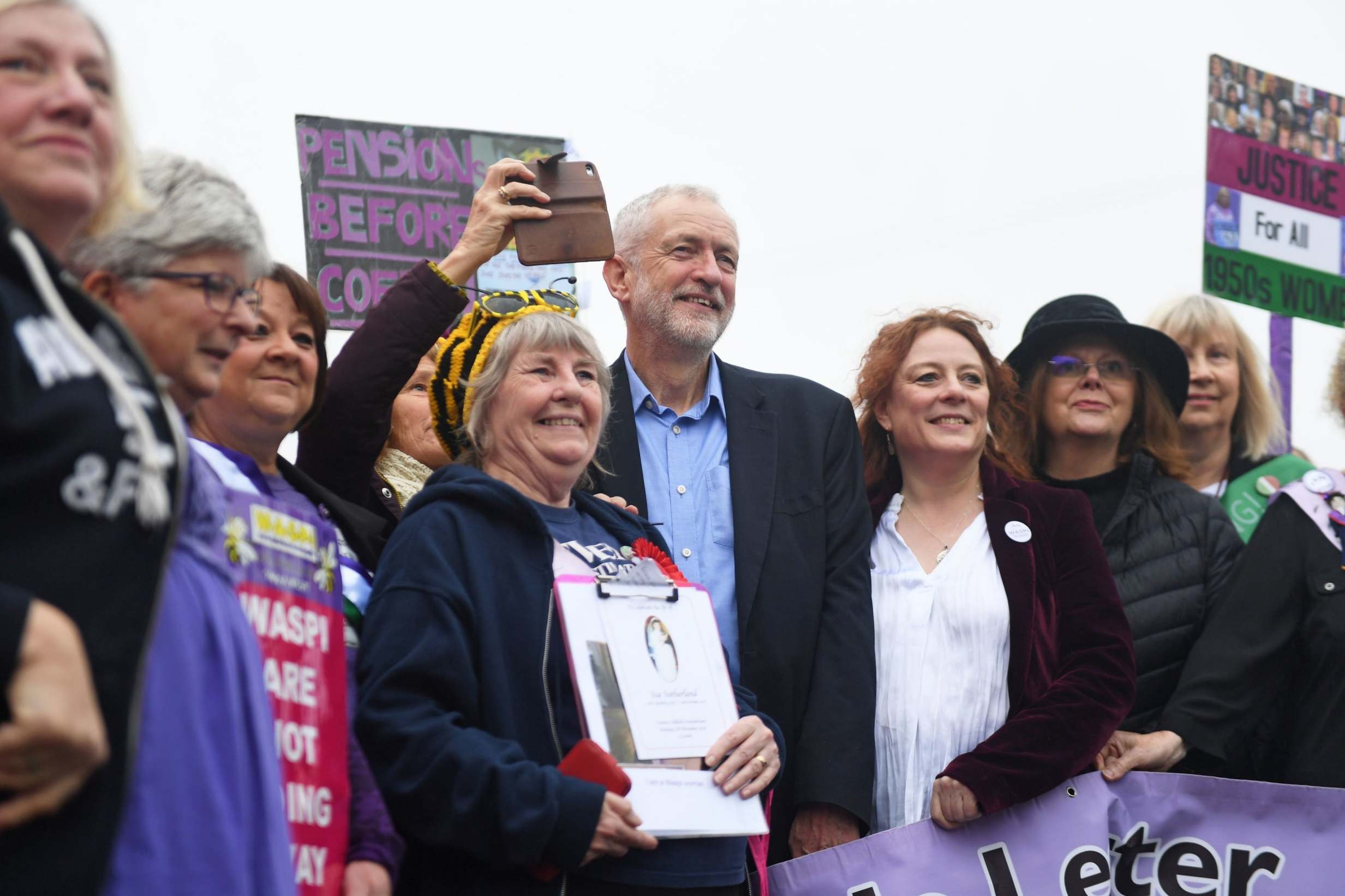How will Boris Johnson and Jeremy Corbyn react to the latest poll numbers?
They may represent just a snapshot in time, but the polls may force the pair to act, says Sean O'Grady


Boris Johnson seems to be a man with an unusually acute sense of his own place in history. Right now, he may be allowing himself to reflect on how big his majority will be rather than whether he will get one at all. Jeremy Corbyn, by contrast, may be considering how best to rescue the position, two weeks out from polling day.
Britain’s first-past-the-post voting system makes political forecasting particularly tricky. However, if the polls and the psephologists are right, Mr Johnson is looking at an overall majority in the 50 to 70 region, say 68, with a landslide (traditionally a majority of more than 100) a possibility. This would be the largest majority since Margaret Thatcher won the 1987 general election (her majority was 102), when Johnson was still at university. Thus Johnson looks like garnering a bigger majority than any other “winning” Tory PM since: Theresa May (nil/negative in 2017); David Cameron (nil/negative in 2010, majority of 12 in 2015); John Major (21 in 1992). For the record, the Johnson majority will also stand higher than those of Ted Heath (30 in 1970), Anthony Eden in 1955 (60) and Mr Johnson’s hero Winston Churchill in 1951 (17).
So that’s where he ranks, on current assumptions, which of course may be as easily overturned as those in many previous contests.
Jeremy Corbyn, however, is on track for one of the lowest vote shares for the Labour Party at general election since the Second World War. At about 30 per cent it is on the same dismal scale as the performances in 2015, 2010, 1987 and 1983.
Although the Conservative Party is friendless at the moment, having ruptured relations with the Democratic Unionist Party, it might choose to press on with a minority administration if it is just short of a majority, albeit with a more cautious programme. The Tories might need some Labour and other rebels to support their Brexit legislation, which would be in jeopardy. An extension might even be required; but opposition parties might think twice about making the country got to the polls again in January or February by bringing the Johnson government down.
Jeremy Corbyn, under the law, would have an opportunity to form a minority government with a series of confidence-and-supply agreements with the smaller parties. Yet there are so many – SNP, Liberal Democrats, Plaid Cymru, Greens, SDLP, various independents – and with some conflicting demands that he too would find it difficult to carry on governing and renegotiate Brexit.
Much better, then, for Mr Corbyn to be in the best position he can be – which means hanging on to his existing seats in the midlands and the north – the “red wall” under threat from Leave-voting Tories and former Ukip/Brexit Party supporters. The Conservatives might, alternatively, benefit from a Brexit Party intervention if they take more votes from the Labour candidate than the Conservative. Both could happen in different places.
If the reported briefings are correct, Labour is so concerned about this that it is going to tilt the campaign towards a more pro-Brexit stance, and make Leave-inclined frontbenchers take a more prominent role. Mr Corbyn’s recent doubling-down of his personal “neutrality” might be part of this too.
However, if Labour does present a more pro-Brexit stance it risks losing its anti-Brexit voters in other seats, usually the south, London and Scotland, which they need to win or retain.
At the 2017 election Labour’s stance of “constructive ambiguity” on Brexit enabled the party to straddle both parties of its traditional appeal. In the European elections this year, though, it became clear that the policy was now alienating some voters on both sides of the Brexit debate. Mr Corbyn, then, seems trapped – by tilting one way or another he risks losing votes in traditional Lab-Con marginals as well as gaining them in his heartlands (possibly). Given that Labour voters in these parts of the country are more likely to vote tactically for Lib Dems, and that others in other places have also shown a track record, in the 2017 election, of swinging towards the Conservatives, Mr Corbyn’s tactical dilemma looks insoluble.
Nor is it helped by the failure of the Liberal Democrats and the Remain alliance to do much damage thus far. Jo Swinson may emerge from this election with little to show for her decision to back the SNP and grant Mr Johnson his early election.
There are only two weeks to go. As Mr Johnson’s strategist Lynton Crosby is apparently fond of observing, it is impossible to fatten a pig on market day. Campaign events can change trends and confound the experts; it happened in 2017. Yet the longer track record since the end of the Second World War is that the election campaign itself matters relatively little, changes few minds, and make little difference to the outcome. In 2019 that old rule may reassert itself, as well as the first-past-the-post system’s ability to deliver strong majority government (for good or ill).
Join our commenting forum
Join thought-provoking conversations, follow other Independent readers and see their replies
Comments